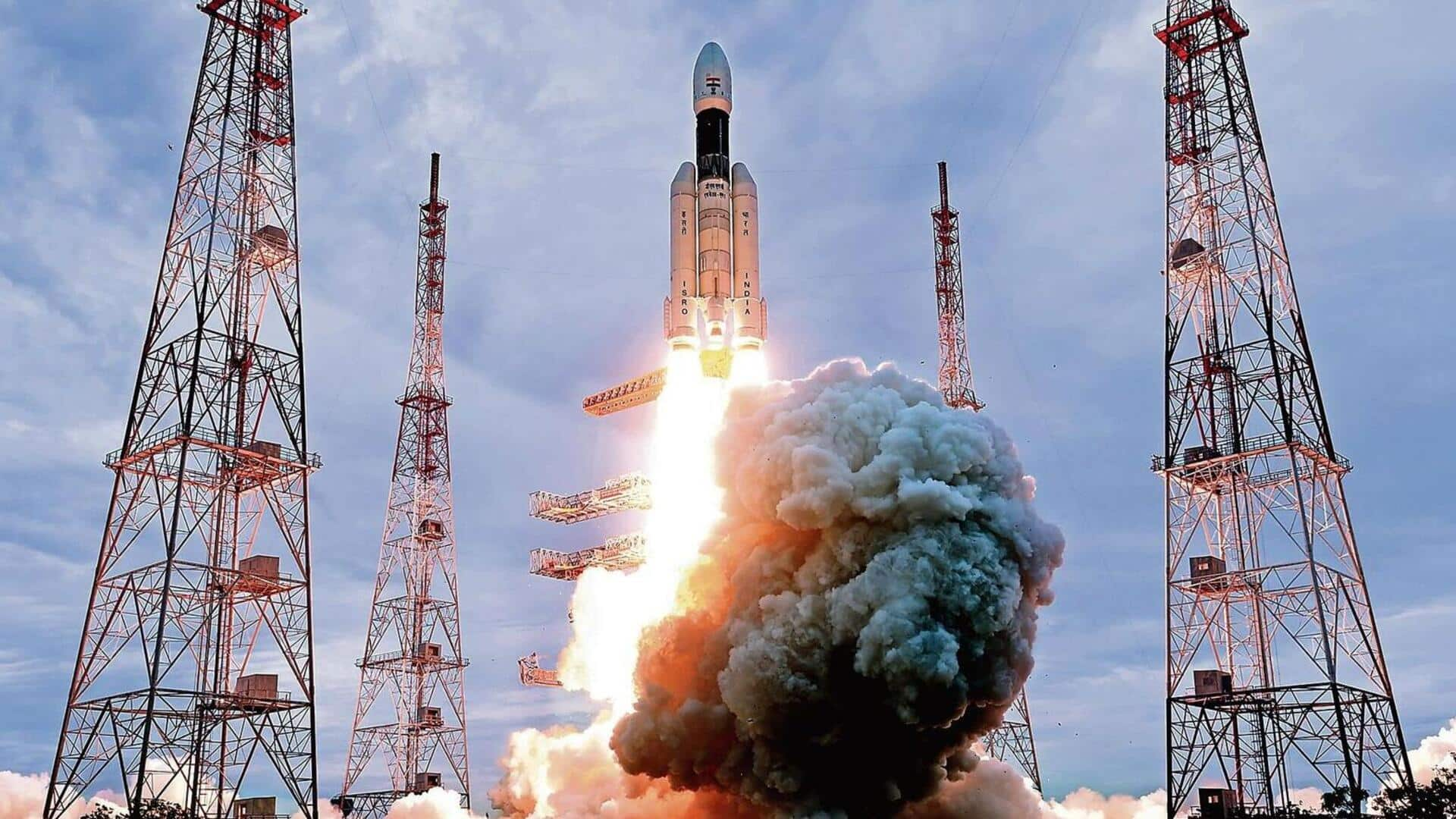
Chandrayaan-3 completes second orbit-raising maneuver: What's next for lunar mission
What's the story
July 14 saw the successful launch of India's ambitious Moon mission, Chandrayaan-3. In the latest, the Indian Space Research Organisation (ISRO) has revealed that the mission's orbit has been successfully raised for the second time. That orbit-raising maneuver, which ISRO calls Earth-bound apogee firing, puts the spacecraft in a 41,603x226km orbit. Let's take a look at what lies ahead for the lunar mission.
Context
Why does this story matter?
Chandrayaan-3, estimated to cost around Rs. 617 crore, is expected to achieve a couple of crucial milestones, which its predecessor—Chandrayaan-2—could not accomplish in 2019. If successful, Chandrayaan-3 will be the first to land at the Moon's south pole. Also, it would make India the fourth nation to pull off a soft landing and roving on the lunar surface.
Latest
Earth-bound maneuvers are part of the first stage of operations
ISRO describes the Chandrayaan-3's mission sequence in three stages: Earth-centric phase, lunar transfer phase, and Moon-centric phase. Earth-bound maneuvers are part of the first phase. These operations are performed so that the spacecraft can escape the gravitational pull of Earth and attain the precise altitude it requires to start on its journey to its target destination, the Moon.
Information
The next scheduled operation will happen tomorrow
ISRO plans to execute the next operation on the Chandrayaan-3 spacecraft tomorrow between 2:00pm and 3:00pm. The space agency completed the spacecraft's first orbit-raising maneuver on July 15.
Twitter Post
Chandrayaan-3 spacecraft's health is normal: ISRO
Chandrayaan-3 Mission:
— ISRO (@isro) July 17, 2023
The second orbit-raising maneuver (Earth-bound apogee firing) is performed successfully.
The spacecraft is now in 41603 km x 226 km orbit.
The next firing is planned for tomorrow between 2 and 3 pm IST.
Plan
Chandrayaan-3 is expected to land on Moon on August 23
Chandrayaan-3 is expected to reach lunar orbit on August 3. After this, the mission will attempt a soft landing on the Moon on August 23. It comprises a propulsion module (PM) and a lander. The latter comprises a 26kg rover. The main task of the PM will be to take the lander module to a circular orbit around 100km from the Moon's surface.
Task
Lander and rover are carrying several instruments for lunar exploration
Along with ferrying the mission to the lunar orbit, the PM is responsible for separating the lander configuration. ISRO will then start the descent operations wherein the lander will touch down near the Moon's south pole. After that, the rover will be deployed to explore the lunar surface. The lander and rover are carrying several scientific instruments to probe the Moon.
Rover
The PM is also carrying a scientific payload
Chandrayaan-3's rover is equipped with two scientific payloads that can help determine the elemental analysis and composition of the lunar rocks and soil. The PM also has a payload. Dubbed, SHAPE (Spectro-polarimetry of Habitable Planet Earth), the instrument will collect data based on the polarization of light reflected by Earth which will then be used to look out for exoplanets that share similar features.
Payloads
Here's a look at the investigations the lander will perform
Chandrayaan-3's lander will carry out its own investigations, which include scanning for moonquakes, estimating the temperature of the Moon's surface, and measuring the density of plasma near the lunar surface and how it changes with time The lander also includes a payload from NASA which will provide insights into the dynamics of the Moon system.